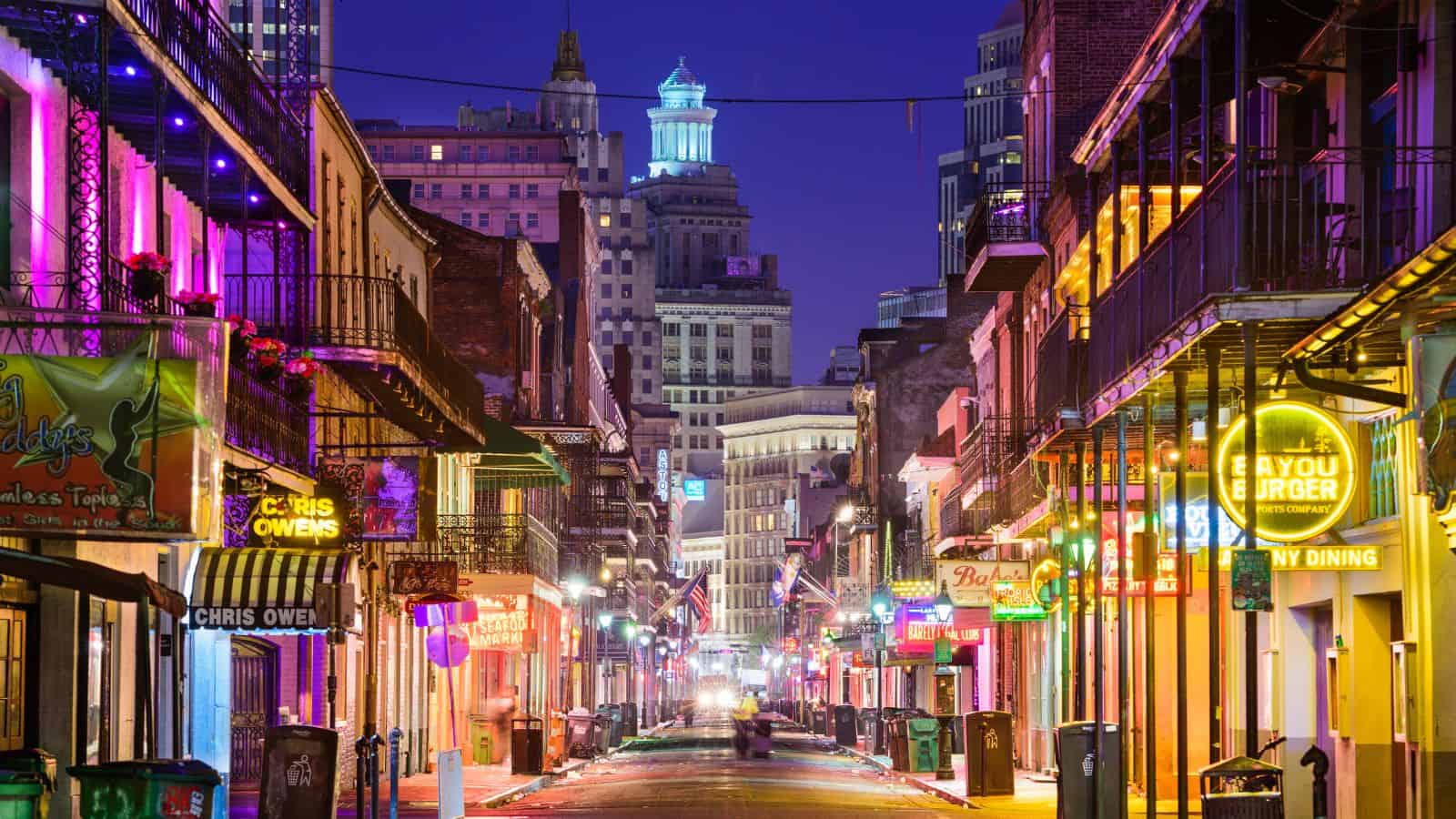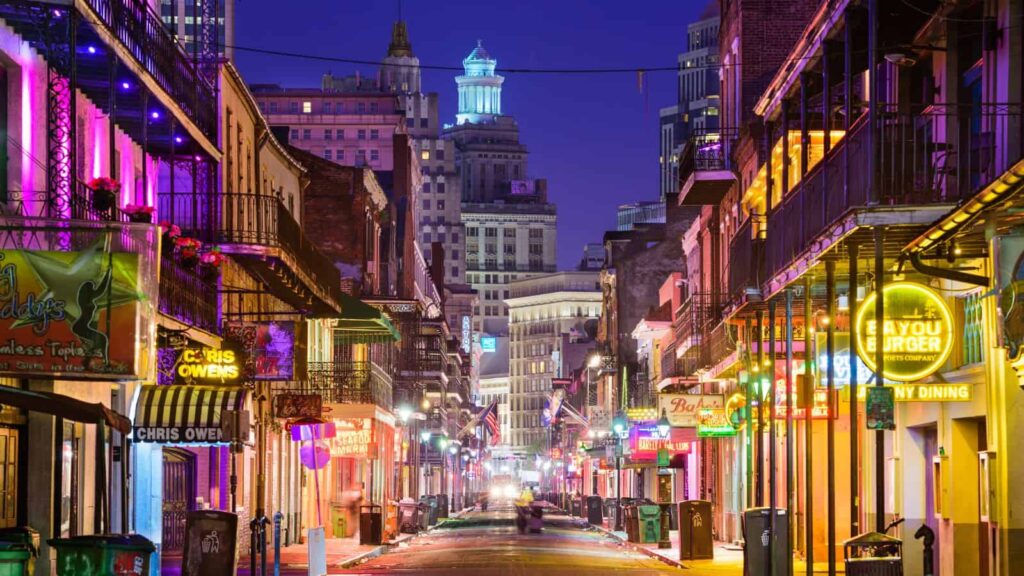There are some places in the world that are so amazing, they have to have inspired some very famous books over time. Let’s dive into places so captivating they’ve been immortalized in literature.

King’s Cross Station, London – “Harry Potter” series
A mere platform in London, King’s Cross Station, becomes a gateway to magic for Harry Potter fans. The iconic Platform 9¾, where students board the Hogwarts Express, draws visitors eager to capture a bit of the enchantment.
J.K. Rowling’s vibrant wizarding world, filled with spells and adventure, finds its roots in this bustling hub, inviting fans to pose with the trolley disappearing into the magical realm.
Prince Edward Island, Canada – “Anne of Green Gables”
This charming Canadian island breathes life into L.M. Montgomery’s beloved tale of Anne Shirley. Prince Edward Island’s rolling hills and picturesque landscapes capture the whimsical, vibrant spirit of Anne.
Visitors often feel they’re stepping right into the lush settings Montgomery described, with the island’s red sand beaches and historic sites like Green Gables itself offering a palpable connection to the spirited redhead.
Monterey, California – “Cannery Row”
John Steinbeck’s “Cannery Row” paints Monterey’s sardine canning industry with gritty affection. Today, Cannery Row has transformed from a bustling industrial waterfront to a lively tourist destination, where history and luxury blend seamlessly.
Dive bars, the echoes of marine biologists, and the bay’s rich biodiversity still whisper stories of Mack and the boys among the boutiques and restaurants.
The Yorkshire Moors, England – “Wuthering Heights”
The wild and windswept Yorkshire Moors are as tumultuous and passionate as the love story in Emily Brontë’s “Wuthering Heights.” The moors’ stark beauty and rugged terrain echo the intense emotions that define the novel.
Hiking these moors, one can almost hear the ghostly calls of Heathcliff and Catherine, making it a must-visit for lovers of this tragic romance.
Dublin, Ireland – “Ulysses”
James Joyce’s “Ulysses” is a day-long odyssey through Dublin, meticulously mirroring the city’s streetscape in 1904. Bloomsday, celebrated annually on June 16th, invites enthusiasts to retrace Leopold Bloom’s steps.
The city’s landmarks, pubs, and pathways richly layer the narrative’s settings, offering a tangible walk through Joyce’s complex masterpiece.
Concord, Massachusetts – “Little Women”
The quaint town of Concord, Massachusetts, serves as the backdrop for Louisa May Alcott’s “Little Women,” reflecting the author’s own life. The Alcott family home, now the Orchard House Museum, allows visitors to step into the pages of the March sisters’ adventures and experience the ambiance that inspired the beloved novel.
Pamplona, Spain – “The Sun Also Rises”
Ernest Hemingway’s “The Sun Also Rises” captures the fervor of Pamplona’s San Fermín festival, with its chaotic bull runs and riotous celebrations. Today, thrill-seekers and Hemingway aficionados flock to Pamplona to experience the exhilaration and peril that so vividly leaps from the novel’s pages.
St. Petersburg, Russia – “Crime and Punishment”
The brooding atmosphere of Fyodor Dostoevsky’s “Crime and Punishment” permeates St. Petersburg. Walking the city’s somber streets, one can envision the moral dilemmas that torment Raskolnikov.
The stark contrasts between the opulent architecture and the stark living conditions of the time deepen the connection to Dostoevsky’s tormented protagonist.
New Orleans, Louisiana – “A Streetcar Named Desire”
Tennessee Williams’ “A Streetcar Named Desire” brings to life the vibrant, decadent spirit of New Orleans. The French Quarter, with its raucous jazz and sultry heat, mirrors the tumultuous life of Blanche DuBois. Visitors can explore the Elysian Fields and indulge in the sensory pleasures that frame the drama’s setting.
Cartagena, Colombia – “Love in the Time of Cholera”
Gabriel García Márquez’s magical realism finds a vivid tableau in Cartagena’s historic streets, which serve as the backdrop for “Love in the Time of Cholera.” The city’s colorful facades and tropical warmth encapsulate the novel’s lush, romantic essence, inviting travelers to wander in the footsteps of Florentino and Fermina.







